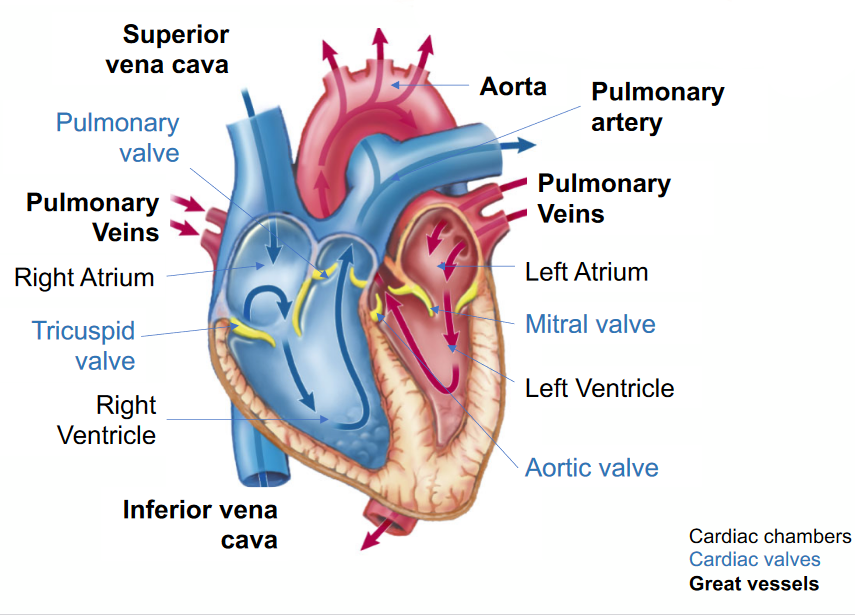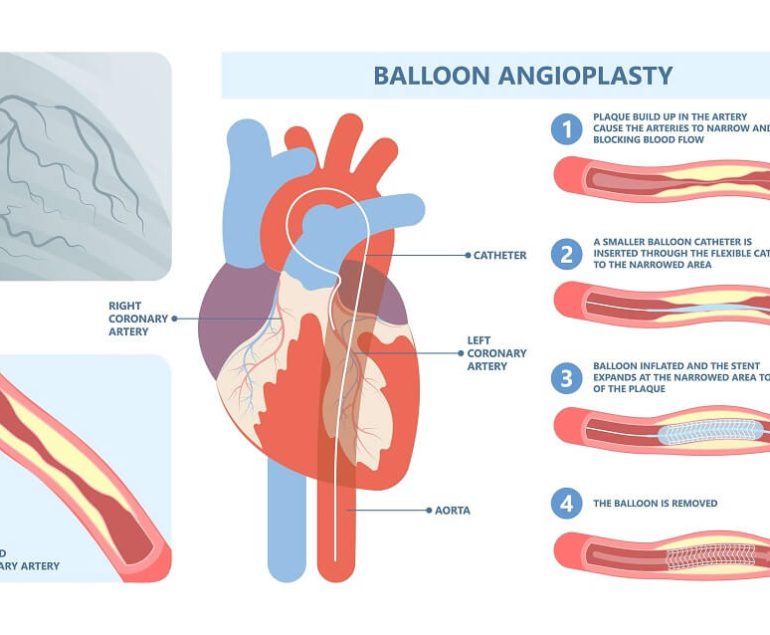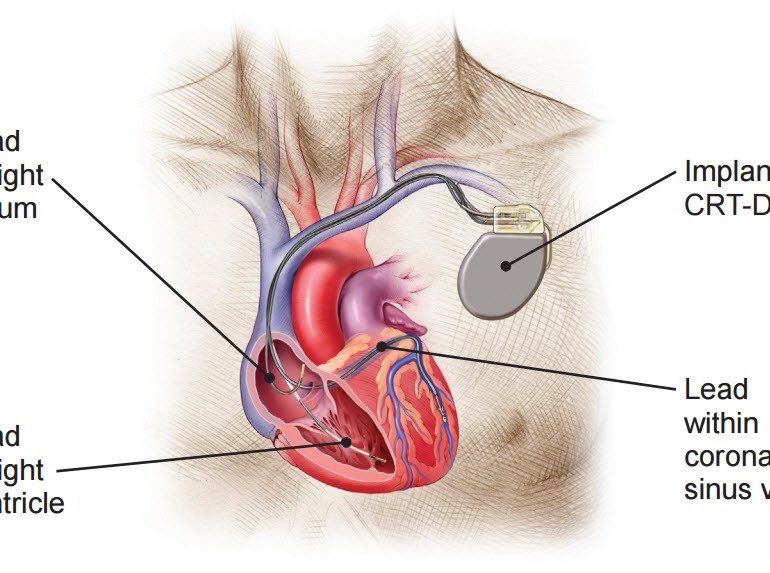Each day, the average human heart beats about 100,000 times, pumping 2,000 gallons of blood through the body.
That’s a lot of work for an organ no bigger than a large fist and weighing 8 to 12 ounces.
In fact, the heart does more physical work than any other muscle over a lifetime.
Located between the lungs in the middle of the chest, the heart pumps blood through the network of arteries and veins known as the cardiovascular system. It pushes blood to the body’s organs, tissues and cells.
Blood is carried from the heart to the rest of the body through a complex network of arteries, arterioles and capillaries. Blood is returned to the heart through venules and veins.
The heart is made up of four chambers. The upper two chambers are called atria (singular: atrium) and the lower two are known as ventricles (singular: ventricle). Muscular walls, called septa or septum, divide the heart into two sides.





